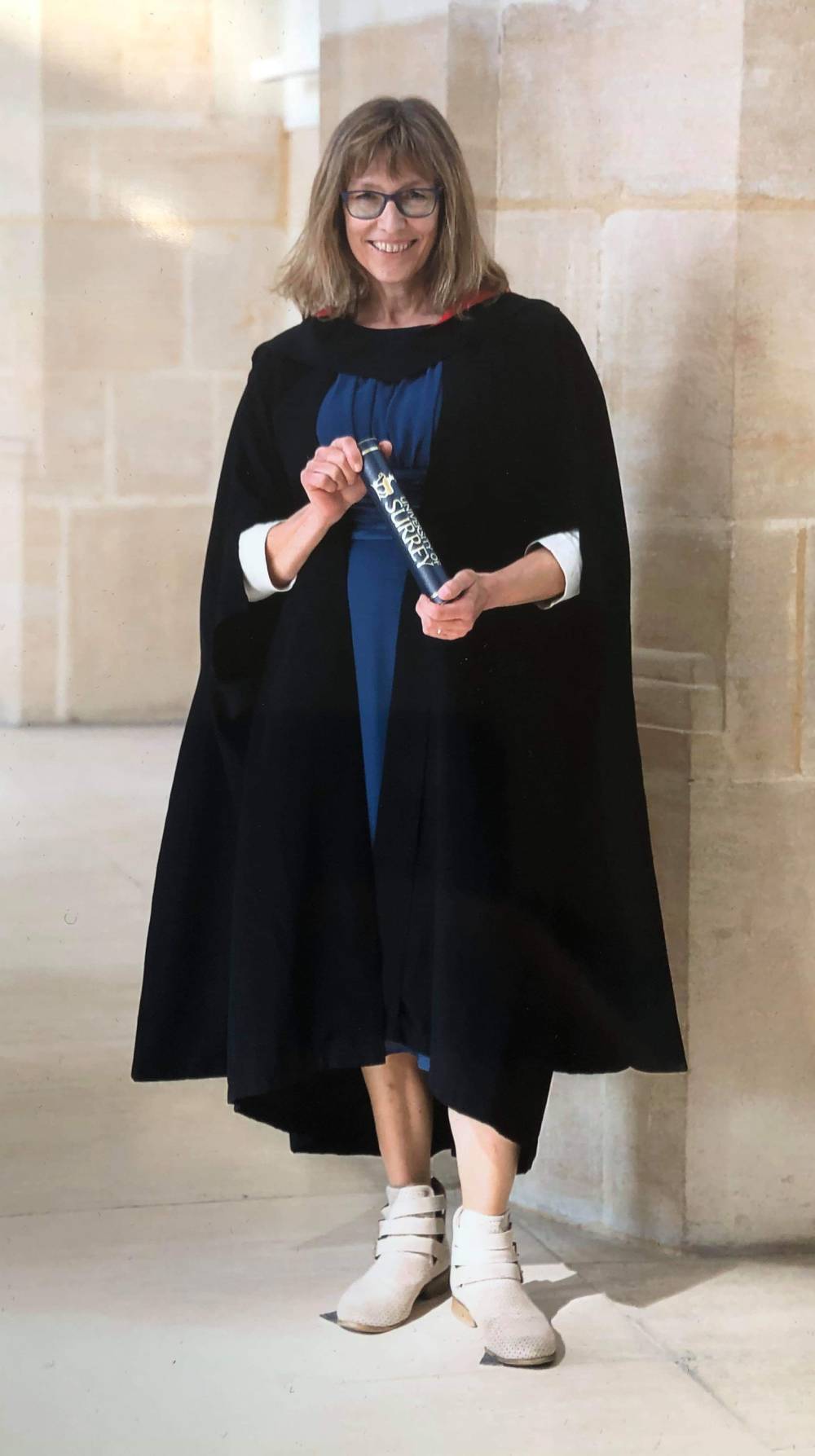about me
I am a native German speaker and I have lived in the UK since 1993. My professional career started with a Gardening Apprenticeship. Following years of gardening in the North of Germany, I moved to Berlin to study and then work as a Landscape Architect. A few years after the wall came down, Berlin changed so much that I decided to go abroad. I ended up in Sussex, where I became a Qualified Teacher for Secondary Schools. For many years I worked as a teacher, trying to convey my love of the German language to my students.
During this time, I met a lady who had lived in Hamburg during the war. Over the course of nine years, I wrote down what she told me and researched the historical background Her amazing story resulted in a book which was published in 2009 under the title “A Different Kind of Courage”, changing to “Mrs Mahoney’s Secret War” for the second edition. The American title is “Gretel’s Story”, and it was translated into Polish and Czech.
Encouraged by the success of my English book, I started to write books in German. My love for history and old legends inspired me to re-write the medieval legends of Gudrun and Tristan and Yseult (in German: Tristan und Isolde). Both legends have the most fascinating plotline and many people know about them, but they are difficult to read, and where they had been re-written, the storyline would often stray too far from the original. I tried to stay as close as possible to what I perceived to be the classic version while offering a style that reads like a novel
A further project was the story of Hänsel and Gretel. Like all fairy tales, I believe there must be a historical background to it, but as witches don’t exist, what could really have happened? The more I thought about it, the more I was convinced that events during the 30 Years’ War could have been the basis of this popular story. Combined with a lot of research, I wrote my own version of what could have happened to a woman and two starving children in the 17th century in war-torn Germany.
In 2017, I felt it was time for another change of career for me. I went back to University, to complete an MA in Translation, and I am now a freelance translator, specialising in old German handwriting, historical texts, and literature. I am always fascinated by the stories I discover when I help my clients to transcribe and translate old German. So far, there has not been a single document from which I wouldn’t have learned something!
Old German writing originates from Fraktur, a Gothic blackletter typeface which appeared in German speaking areas from the 15th century onwards. Luther used it for the translation of the bible, breaking away from the power of the Roman clergy whose scriptures were mainly in Antiqua. This meant that Fraktur, the typeface of the Holy Scriptures in a language everyone could understand, contributed significantly to the rise of literacy in German speaking areas. Over the centuries, German texts continued to be written in Fraktur, whereas any foreign-language publications remained in the Antiqua typeface. This led to the different names ‘German’ versus ‘Latin’ script.
Old documents do more than merely show what our ancestors were up to. They can help us unearth a multitude of voices from the past, not only for keen Genealogists but also for museums and national archives, contributing to our understanding of history.
My Grandmother’s recipes go back more than one hundred years and are mainly in original German Hand Written Script. Where as those of my Mother’s are slightly more of the 20th Century and written with Roman Script if somewhat Germanised.
Claudia has made a quite superb job of transcribing the script, much to our great delight. She also pieced together pages which with time had almost disintegrated. It is great to have such an old manuscript legible and useable again.
Helen Zetter
